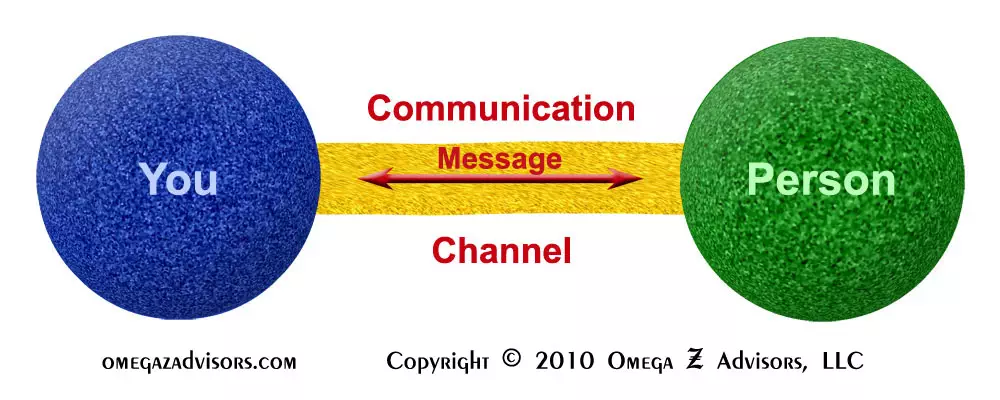Too Much Focus On The Message Ruining Your Message?
Often people focus on the message too much. However, it’s not just the message as Alex “Sandy” Pentland writes in “The New Science of Building Great Teams.” Another key part is how one delivers that message.
Face-To-Face Delivery
More specifically, Pentland deals with face-to-face communications. This ties in with a past post. Advances in technology and research methods are showing that the “heart” matters more than the “head.” This means that focus on the message might be overvalued.
For instance, Pentland’s research shows that how we communicate is more important to success than what we communicate:
. . .we’ve found patterns of communication to be the most important predictor of a team’s success. . . . they are as significant as all the other factors – individual intelligence, personality, skill, and the substance of discussions – combined.
Going Beyond The Focus On The Message
Pentland goes beyond the focus on the message by looking at how the team interacts. Its energy and engagement outside formal settings are key. Simply, spontaneous conversations have more value than scheduled meetings.
It makes sense that teams do better when there are good relationships among their members. Taking the next step that means the nature of those relationships will impact a team’s energy and engagement. Thus, rather than focus on the message, one would do better by focusing on the relationships. By strategically using relationship building and morale building techniques members might look at messages in a better light.
The Heart Stronger Than The Head
In short, how one feels about the messenger impacts how he interprets it. That’s because for any interpersonal interaction two aspects exist. The thinking aspect (head) deals with the message itself. The feeling aspect (heart) deals with how one interprets it. If she does not like the messenger, she will likely not like the message.
What Pentland’s research says the message needs a strong heart aspect. In this case, he refers to face-to-face interactions. They are better than phone calls. Phone calls are better than emails or texts.
Of course, not all messages need such a high-touch approach. However, if it’s important, it likely does. Thus, shift focus on the message to focus on delivery. That means focus on the how’s, when’s, where’s and who’s. Very simply, it’s branding.



Pingback : You | Leadership Matters